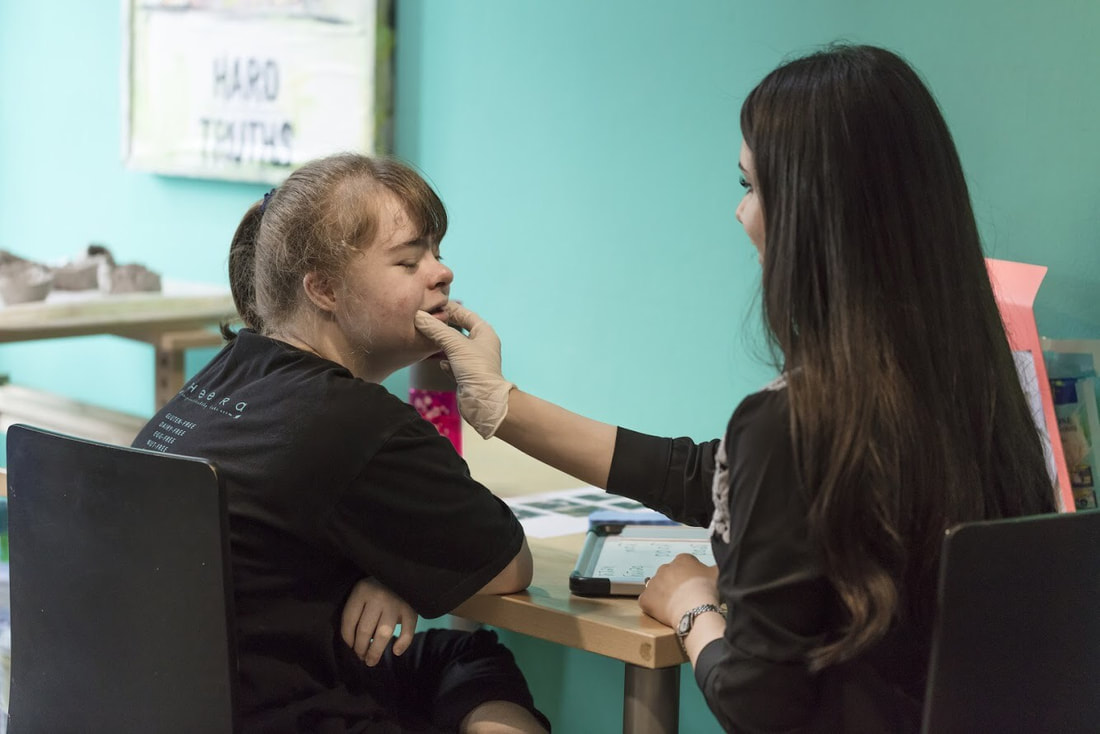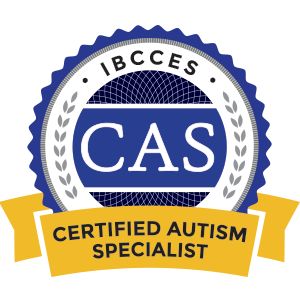|
These days, technology is unavoidable, and the iPad in particular is just as popular among children as it is with adults. Naturally, parents have concerns about the impact that the use of the iPad has on their child’s speech and language development. In this post, I will address this concern by firstly outlining how the iPad should be used, and secondly, situations when the iPad should be avoided.
How The iPad Should Be Used: 1. To Reward Give your child access to the iPad as a reward following a positive behaviour or after they have completed a set task. This way, your child will learn the association between their behaviour/performance and receiving the iPad. This is likely to reinforce your child’s positive behaviours and give them an incentive to complete tasks. 2. Limit Daily Exposure It is completely fine for your child to use the iPad for entertainment purposes. After all, we as adults often use it this way. The key is to limit your child’s iPad exposure to one hour per day. By doing so, your child will still have many opportunities to engage in interactions in their environment, which are important for their communicative and social development. 3. Educational Tool The iPad can be used as an additional education tool. In fact, many Speech and Language Therapists, including myself, use Apps on the iPad to support some children’s learning during therapy sessions. There are several Apps which you can download for your child to practice their speech sounds, vocabulary, sentence structure, comprehension, reading skills and so forth. 4. Alternative and Augmentative Communication (AAC) Device I have seen the amazing way that certain iPad Apps can improve the quality of life of children with a disability, who otherwise, would have very limited means to communicate. These Apps can often be customised to include the child’s own vocabulary, allowing them to access these words easily during their daily interactions. Some Apps also act as the voice of a child who has difficulty speaking or being understood by others. Parents are sometimes concerned that the use of these Apps may decrease their child’s verbal output. However, the use of these Apps is actually likely to increase both the frequency and quality of children’s verbal output. When The iPad Should Be Avoided: 1. To Substitute Pretend Play Playing with toys is actually the foundation for language development. When your child plays with toys, they are learning to use symbols for actual objects, which is essentially what we do when we use language (Weitzman and Greenberg, 2002). Try to encourage pretend play at home while you limit iPad exposure. 2. During Mealtimes When a child is given the iPad during mealtimes, they often find it distracting and tend to eat less than usual. Also, when the iPad is constantly given to a child during mealtimes, the child forms an association between the iPad and food. They may start to demand the iPad to participate in eating. Try to engage with your child during mealtimes instead, to teach them the association between eating and social interaction. 3. During Tantrums I know that giving the iPad to your child when they are crying seems like a quick and effective solution. However, by doing so, you are actually rewarding your child’s unwanted behaviours. They will learn that the next time they cry, they will receive the iPad; this makes them likely to repeat these unwanted behaviours. 4. To Substitute Social Interaction There is nothing worse for an adult in a social setting than sitting next to a person who does not look up from their phone. Social engagement is very important for your child’s communicative and social development because it teaches your child how to interact with others. Try to encourage your child to engage with other children. Social interaction should not be substituted by anything, especially the iPad. As always, if you have any questions or comments that you would like to share, feel free to write them in the section below. Also, if you would like to be notified about my next post, simply enter your email address in the subscription box below! Speak soon, The Expat Speechie Reference for this post: Weitzman, E. Greenberg, J. 2002. Learning Language and Loving It: A guide to promoting children's social, language, and literacy development in early childhood settings. Toronto: The Hanen Centre. Comments are closed.
|
Welcome to my blog!
|






